by Daniel Gauss
 Antonio Gramsci’s theory of hegemony helps explain how the power structure of modern liberal-democratic societies maintains authority without relying on overt force. Many definitions of hegemony point out that it creates “common sense,” the assumptions a society accepts as natural and right.
Antonio Gramsci’s theory of hegemony helps explain how the power structure of modern liberal-democratic societies maintains authority without relying on overt force. Many definitions of hegemony point out that it creates “common sense,” the assumptions a society accepts as natural and right.
It works by getting inside our heads and convincing us of concepts that would not hold up under rigorous investigation. Our criminal justice system is built on such taken-for-granted principles, many of which go unchallenged despite producing deeply inhumane consequences.
Crime, for example, is assumed to be a personal “moral failing” rather than a systemic problem. Why some people (mostly poor and marginalized) fail morally is not understood or explained. Instead of understanding crime as a product of poverty, racial segregation, inequality and limited opportunity, our system treats it as evidence of bad individual character or individual moral flaws, basically recycling old theological ideas while ignoring more than a century of psychology and sociology.
The judicial system still draws from an outdated worldview, uninformed by social science, that assumes the validity of an unquestioned social hierarchy, based on inequality of opportunity, and shifts responsibility onto individuals who are often living in trying and corrosive conditions. This amounts to a form of blaming the victim instead of accepting social and economic responsibility for others. Read more »



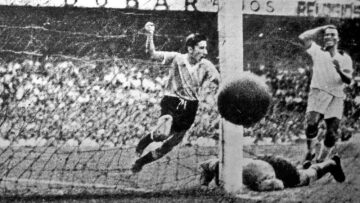


 Art is dangerous. It’s time people remembered that and recognized the fullness of it. For if art is to remain important or even relevant in the current moment, then it’s long past time artists stopped flashing dull claws and pretending they had what it takes to slice through ignorance. We need them swallow their feel-good clichés and to begin sharpening their blades. We need dangerous art, and we cannot afford much more art that its creators believe is dangerous when it is not.
Art is dangerous. It’s time people remembered that and recognized the fullness of it. For if art is to remain important or even relevant in the current moment, then it’s long past time artists stopped flashing dull claws and pretending they had what it takes to slice through ignorance. We need them swallow their feel-good clichés and to begin sharpening their blades. We need dangerous art, and we cannot afford much more art that its creators believe is dangerous when it is not. Emma Wilkins’ excellent piece “
Emma Wilkins’ excellent piece “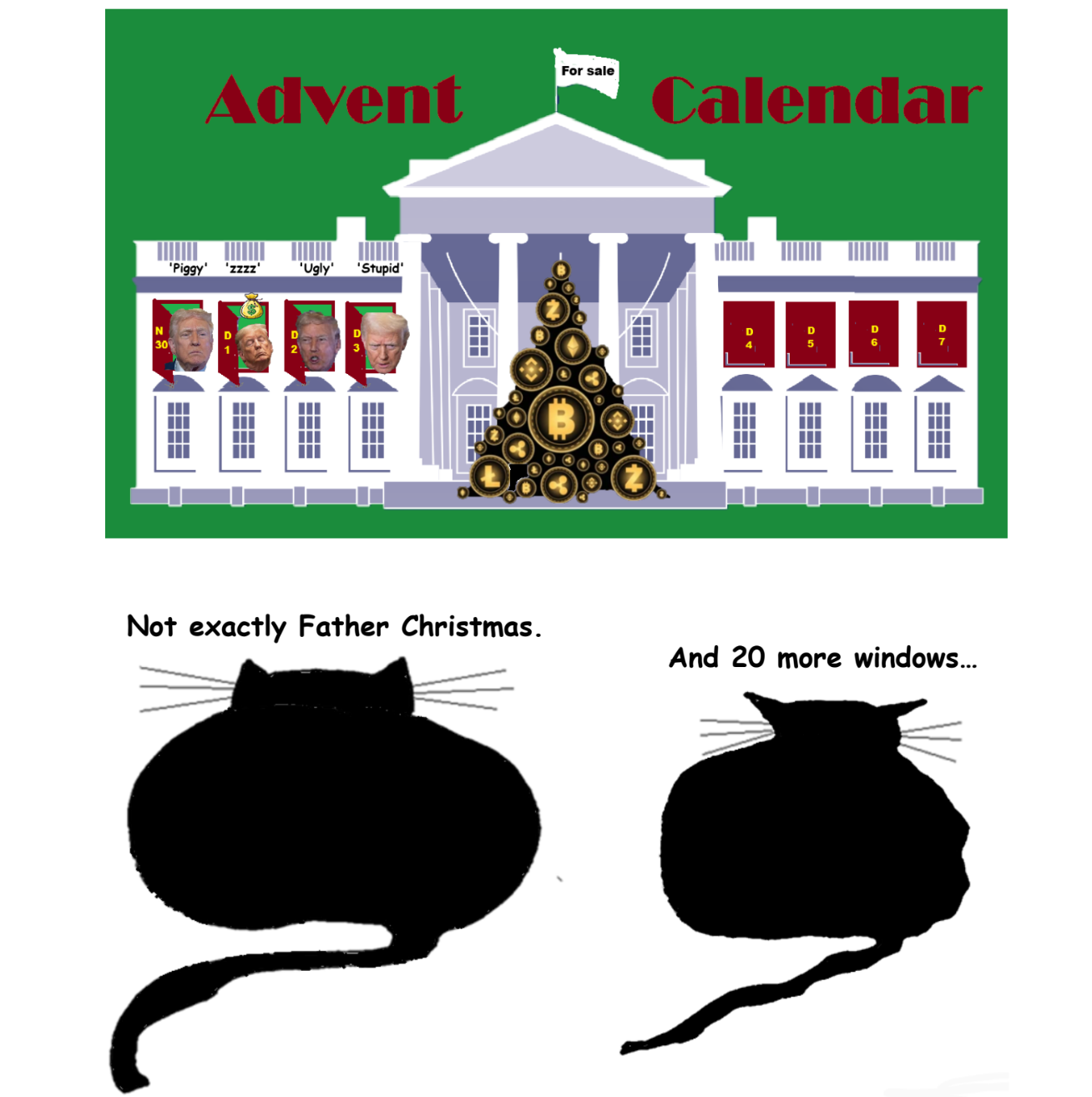

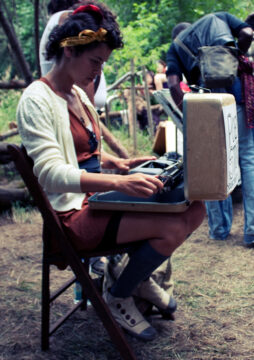
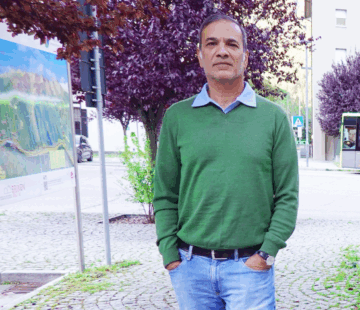


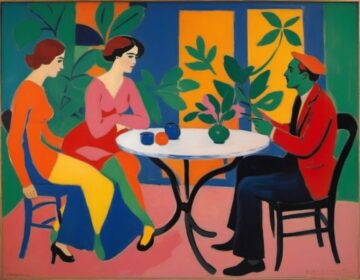


 Graham Foster from the
Graham Foster from the 